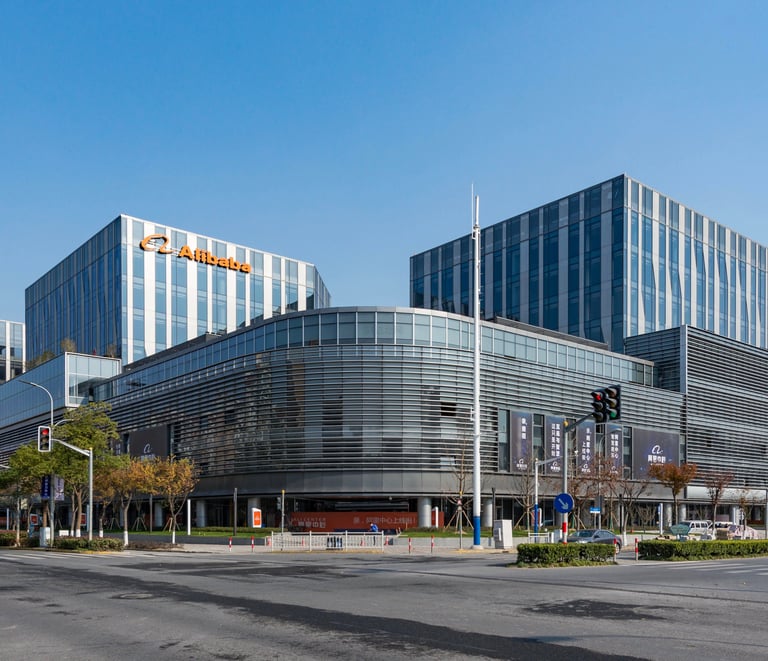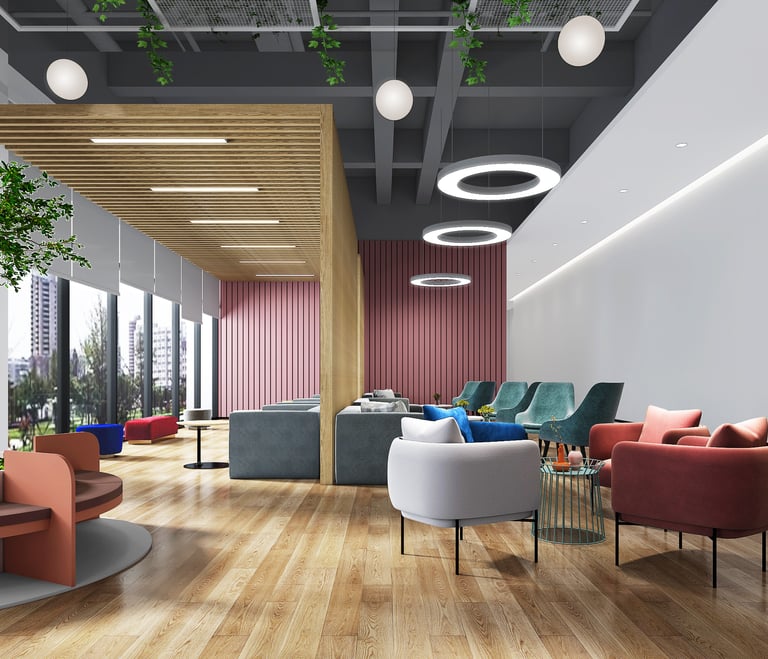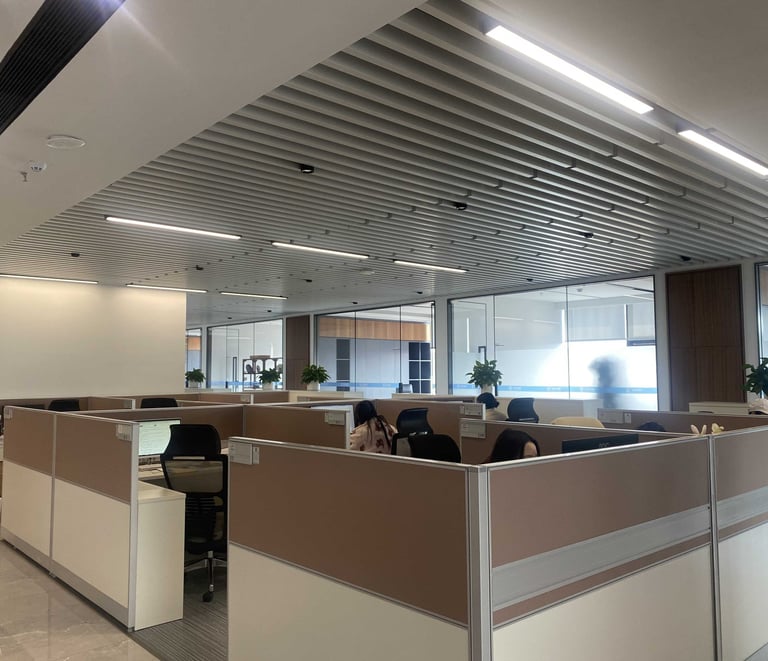Some of the steel varieties we supply:
1. Sheet Metal
Hot - rolled Coils: These are made from slab billets. After heating, they are processed by roughing and finishing rolling mills into strip steel. With good toughness and workability, they are widely used in construction, machinery manufacturing, the automotive industry, bridges, etc. For example, they are used to make car exteriors and bridge steel girders.
Cold - rolled Coils: Generally, they take hot - rolled coils as raw materials and are made through a series of rolling processes at room temperature. They feature good surface quality, high dimensional accuracy, and excellent workability. They are often used in industries with high requirements for surface quality and precision, such as home appliances, electronics, and automotive interiors, like the outer shells of refrigerators and air conditioners.
Medium and Heavy Plates: Steel plates with a thickness between 4.5 - 200mm. They have high strength and good load - bearing capacity, and are commonly used in shipbuilding, pressure vessels, bridge construction, etc. For instance, they are used to build the hulls of large ships and the outer shells of chemical pressure vessels.
2. Long Steel Products
Deformed Steel Bars: These are steel bars with longitudinal and transverse ribs on the surface. They have a good bond with concrete and are mainly used in reinforced concrete structures in construction projects. They are essential basic materials for various buildings, such as the steel skeletons of high - rise buildings and bridges.
Wire Rods: Hot - rolled round steel with a diameter of 5 - 22mm or profiled steel with an equivalent cross - section. Since they are delivered in coil form, they are also called coils. They are widely used in construction, wire drawing, nail - making, welding electrodes, and the manufacture of bolts, nuts, etc. For example, they are used as binding rebars in construction and processed into nails and steel wires.
Round Steel Bars: Solid long steel bars with a circular cross - section, which are divided into hot - rolled, forged, and cold - drawn types. They can be used as mechanical parts, seamless steel pipe billets, etc., such as manufacturing shaft - type parts and bolt blanks.
3. Section Steel
Angle Steel: Commonly known as angle iron, it is a long steel bar with two sides perpendicular to each other to form an angle. It is divided into equal - angle and unequal - angle steel. It is often used in metal structures, building frames, and components of mechanical equipment, such as building the framework of a steel - structure factory building.
Channel Steel: A long steel bar with a groove - shaped cross - section, including ordinary channel steel and light - weight channel steel. It is mainly used in construction structures, vehicle manufacturing, mechanical equipment, etc., such as purlins in buildings and the chassis frames of vehicles.
I - beam Steel: A long steel bar with an I - shaped cross - section, divided into ordinary I - beam steel, light - weight I - beam steel, and wide - flange I - beam steel. It is often used in beam and column structures in construction projects and can withstand large bending forces, such as the frame structures of large shopping malls and office buildings.
H - shaped Steel: It belongs to high - efficiency and economic cross - section profiles, named after its cross - section similar to the English letter "H". It is widely used in construction, bridges, large - scale equipment, etc. It has the advantages of strong load - bearing capacity and steel savings, and is often used as the main load - bearing structural components of high - rise buildings.
4. Steel Pipes
Seamless Steel Pipes: These are made from a single piece of metal and have no seams on the surface. They have high strength and pressure - bearing capacity and are often used in the fields of petroleum, chemical engineering, natural gas transportation, and machinery manufacturing, such as oil pipelines and oil pipes for hydraulic equipment.
Welded Steel Pipes: These are steel pipes made by bending steel strips or steel plates into circular, square, or other shapes and then welding them. They have seams on the surface. They are widely used in various fields, such as building water supply and drainage, electrical conduits, and scaffolding.
COMPANY PHOTOS






